Managing aphids on tomatoes and other common pests is crucial for a successful harvest. We all look forward to those juicy, homegrown tomatoes, but achieving a bountiful crop requires more than just planting and watering. It takes vigilance against pests that see your tomato plants as their next meal. Spotting these troublemakers early and handling them organically is key to keeping your garden thriving. With a little know-how and some good old-fashioned attention to detail, you’ll be well on your way to enjoying a pest-free tomato season.
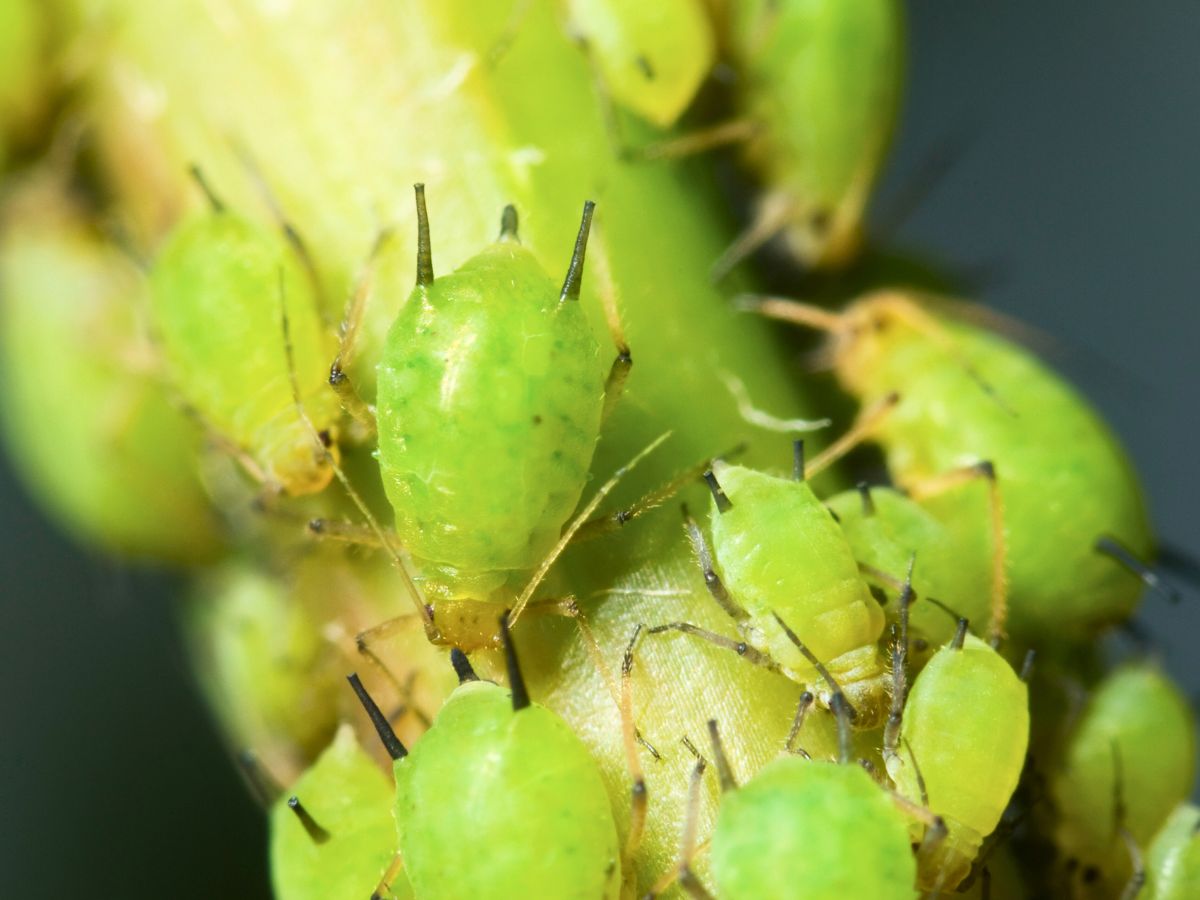
Identifying and Treating Aphids on Tomatoes Organically
Aphids are tiny pests you’ll often find clustered on the undersides of the leaves or stems of your tomatoes. They can be green, black, pink, or even yellow. These little critters feed by sucking sap from your plants, which weakens them and can cause leaves to curl, turn yellow, or become distorted.
You might also notice a sticky substance called honeydew left behind by aphids. This honeydew attracts ants and can lead to the growth of sooty mold, a black fungus that covers leaves and hinders photosynthesis.
To recognize aphids, look closely at your plants. They often hide on the new growth and the undersides of leaves. Watch for signs like curled or yellowing leaves, stunted growth, and that sticky residue. The presence of ants can also be a clue since they’re attracted to the honeydew aphids produce. If you spot black fungal growth on the leaves, that’s sooty mold thriving on the honeydew.
When it comes to treating aphids organically, here are some effective methods:
- Our Neem Oil Spray is the most effective treatment we’ve found.
- This plant-based natural insecticide works like a charm. It is the only thing we use to kill them. We keep a bottle mixed up, so it’s always ready for action.
- It is not harmful to the fruit, humans, or pets. It easily washes off when you harvest the produce.
- This makes ½ Gallon of spray. You can easily adjust the amounts to the size of the spray bottle you have on hand.
- Spray bottle (1/2 Gallon or smaller)
- 1 Tbs pure, cold-pressed, raw neem oil
- 1 tsp pure baking soda
- 1 tsp castile soap or mild dishwashing soap
- Water to fill the bottle
- Add all these to your spray bottle, and then add enough water to finish filling the bottle.
- Shake well and spray.
- Shake well before each use.
- Spray directly on the aphids in tomatoes and coat them and the underside of the leaves well. It may take a few minutes, but they will die.
- Apply in the early morning or late evening to avoid harming beneficial insects and to prevent foliage burn.
- Manual Removal: Use a strong jet of water to dislodge aphids from the plants. This method works best for light infestations and should only be done early in the morning before the sun is on the plants.
- Natural Predators: Introduce beneficial insects like ladybugs, lacewings, and parasitic wasps that feed on aphids.
- Companion Planting: Plant herbs like basil, garlic, or marigolds near your tomatoes. These plants can repel aphids or attract beneficial predators. You can learn more about companion planting in our companion article.
- Reflective Mulch: Place reflective mulch or trays around the base of your plants. The reflection can confuse and deter aphids. We have also had success using these trays against tomato hornworms and aphids.
- Homemade Sprays: Garlic or chili pepper sprays can be effective. Blend garlic cloves or chili peppers with water, let the mixture sit, strain, and spray directly on the aphids.
By monitoring your plants closely and using these organic methods, you can effectively manage aphid infestations and keep your tomato plants healthy and productive. Regular monitoring and early intervention are key to maintaining a thriving garden.
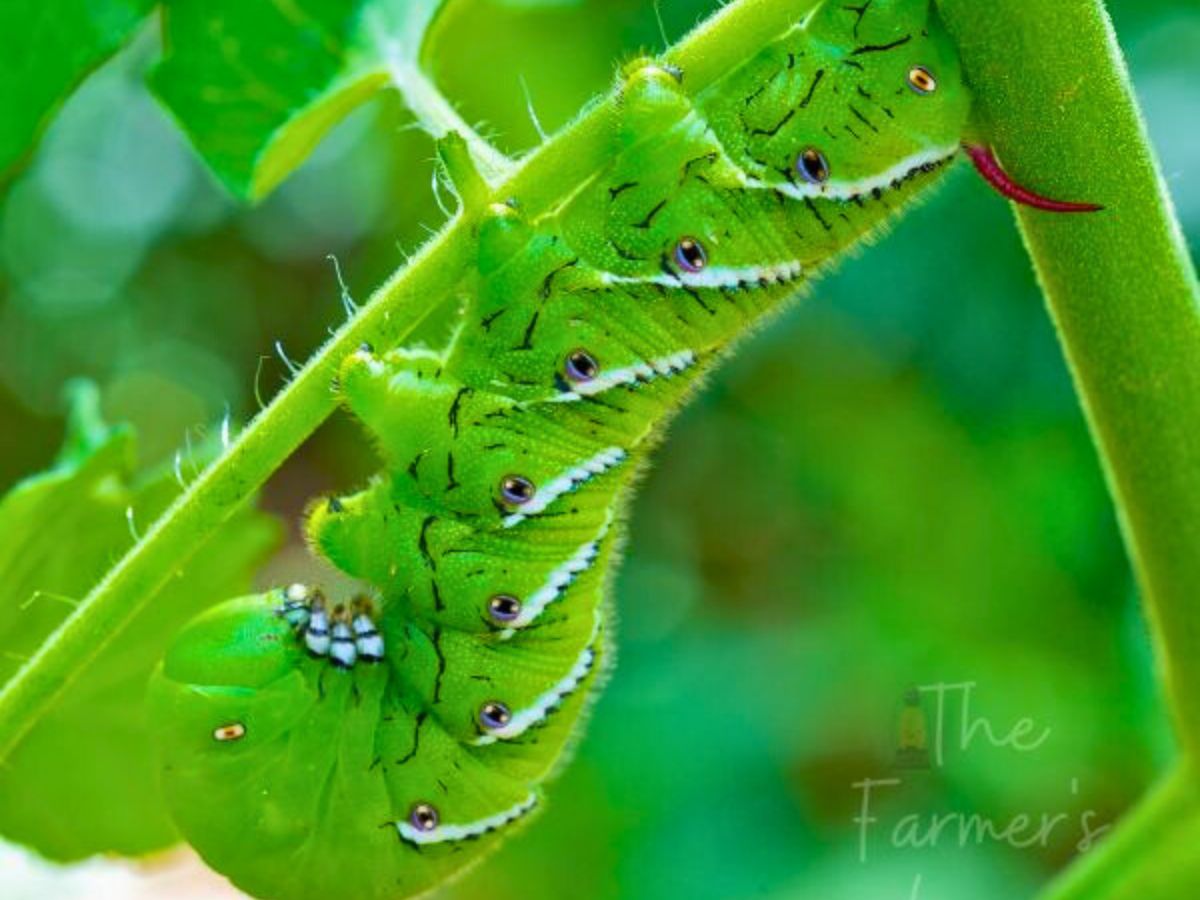
Identifying Other Common Tomato Pests
Growing tomatoes from seedlings to ripe fruit comes with its fair share of challenges, especially from pests that love your plants as much as you do. Spotting these pests early is crucial for a good harvest. Let’s take a look at some common troublemakers.
Tomato Hornworms
Tomato hornworms are large, green caterpillars with a distinctive horn-like tail and white stripes. They can be quite the menace, quickly stripping your tomato plants and devouring whole plants overnight. These critters are usually found munching away on the stems and undersides of leaves.
To spot them, look for missing foliage and their droppings and watch for the caterpillars themselves. They’re difficult to see when small, but using a blacklight flashlight when it’s dark will make them easy to spot. They will be big enough to see with the naked eye, but their green color can blend in with the leaves, so inspect your plants carefully. Our companion post on the alien-like tomato hornworm will help you find, remove, and prevent them.
Cutworms
Cutworms are a gardener’s nemesis, especially for young plants. These caterpillars hide in the soil and cut through stems at ground level, causing seedlings to topple over. If you find your young plants mysteriously fallen, cutworms are likely the culprits. To catch them in action, check your garden soil in the evening or early morning when they are most active. A little extra vigilance during these times can save your precious plants from these sneaky pests.
Whiteflies
Whiteflies are tiny, white insects that become a visible cloud when you disturb your plants. They drain the sap from the leaves, weakening the plant and leading to yellowing or wilting foliage. These pests are particularly troublesome because they can multiply quickly. To monitor their presence, use yellow sticky traps placed near your plants. These traps attract and capture whiteflies, helping you monitor their population and take action before they cause too much damage.
Spider Mites
Spider mites are tiny pests that can cause big problems. They create fine webs on the undersides of leaves and cause the foliage to look stippled or discolored. These little guys are hard to see with the naked eye, so it’s helpful to use a magnifying glass for a closer inspection. Look for their telltale webs and damaged leaves as signs of their presence. Early detection and treatment are crucial to keep your plants healthy and thriving.
Regular inspection and timely intervention, such as hand-removing pests or using a hose to blast them off, are effective first steps. Introducing natural predators like ladybugs or applying organic pest control products can further protect your plants.
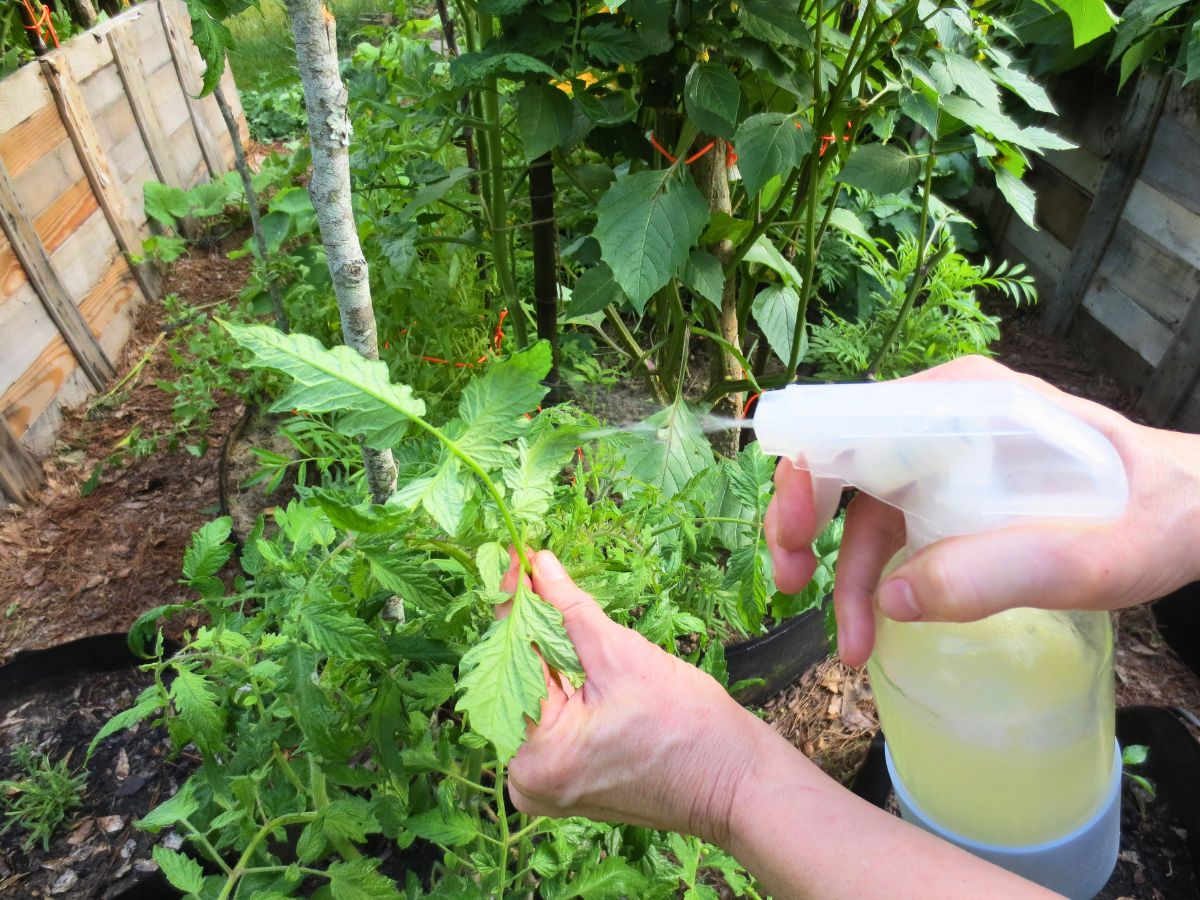
Organic Methods to Combat These Tomato Pests
Using organic pest control methods helps keep your tomatoes healthy while being kind to the earth. Here are some effective strategies:
- Mulching: A layer of organic mulch around your plants retains moisture and deters soil-dwelling pests. Straw or compost not only discourages pests like cutworms but also enriches the soil.
- Neem Oil: Our Neem Oil Spray recipe mentioned above effectively treats pests like aphids and whiteflies. It even kills stink and leaf-footed bugs in the home and garden. Apply early in the morning before the sun is on the garden to protect plants from sun damage and prevent harming beneficial insects.
- Companion Planting: Growing plants like basil or marigolds near your tomatoes can naturally repel pests. Borage, for instance, attracts pollinators and repels hornworms. Read more about companion planting in your garden in our sister article.
- Homemade Sprays: Garlic or chili pepper sprays, steeped and strained, offer a natural deterrent to pests when sprayed on affected plants.
Preventive Measures for Healthy Tomato Plants
Prevention is just as crucial as intervention. Proper watering, mulching, and crop rotation are fundamental. Water deeply but infrequently to encourage strong roots, mulch to retain moisture and protect from pests, and rotate crops to confuse and deter pest infestations.
Learn more about deep mulch gardening in our companion article. We also have a helpful article on crop rotation to help you be successful.
Inspecting plants regularly for signs of pests or damage and implementing barriers like row covers or sticky traps can provide early defense without harmful chemicals. It’s important to visit your garden at least once a day. We visit our gardens in the morning and evening, which makes it easy to monitor for any problems and act quickly.
Keeping a garden journal is a fantastic way to track any issues you encounter in your garden. You can record what you did, what worked, what didn’t, and all the other important details. We have a garden journal we use and love; you might find it helpful too. It’s a great tool for staying organized and improving your gardening skills season after season.
By embracing these organic and preventive strategies, you nurture not only your tomatoes but also the health of your entire garden ecosystem. Patience and observance let you work with nature to create a balanced, productive garden that yields delicious tomatoes all season.
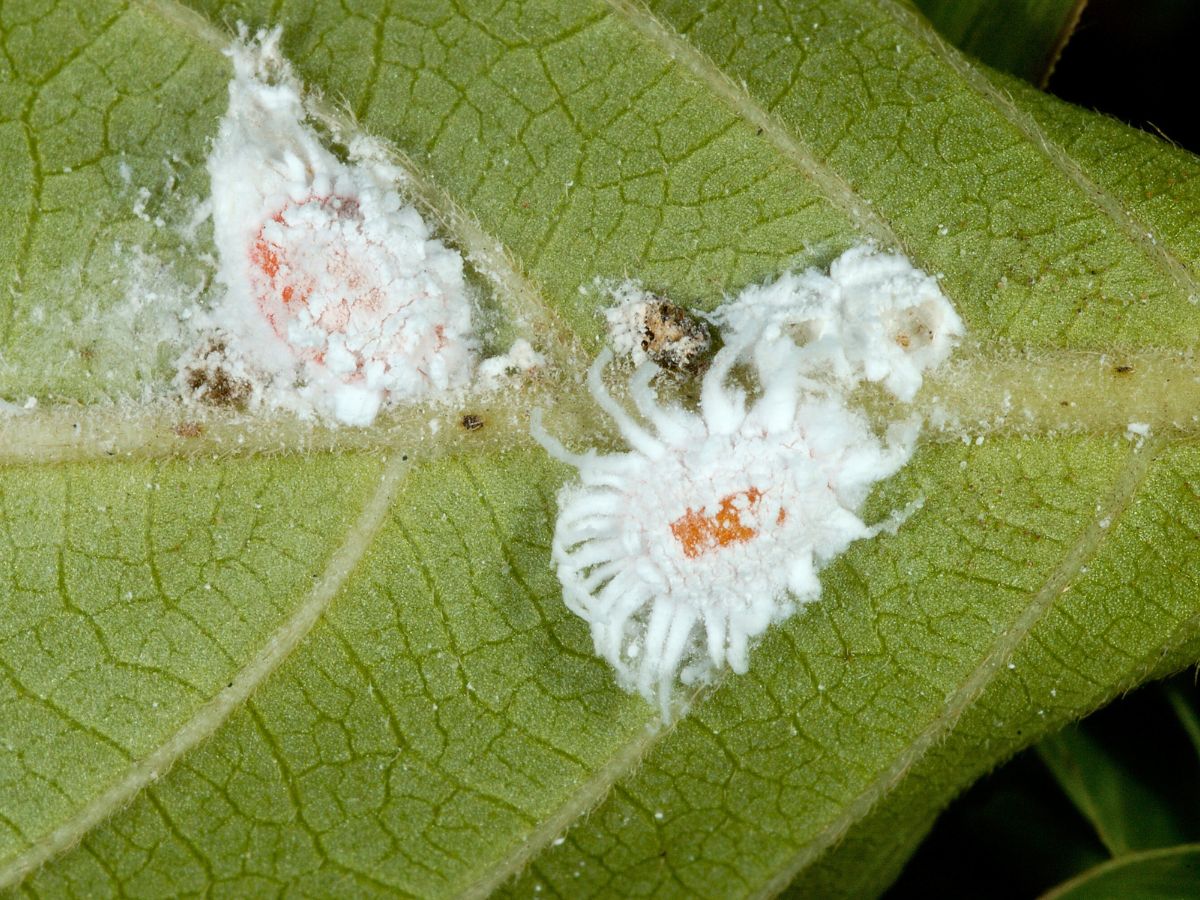
Wrap Up
Dealing with common pests and aphids on tomatoes can be challenging, but you can keep your plants healthy and thriving with a little know-how. Managing aphids, tomato hornworms, cutworms, whiteflies, and spider mites involves early detection and organic treatments. Remember to inspect your plants regularly, look out for signs like curled or yellowing leaves, and use natural predators or homemade sprays to keep these pests at bay.
Tomato hornworms, with their horn-like tails, can strip a plant quickly, so watch for missing foliage. Cutworms attack young plants at the stem, often toppling seedlings overnight, so check your soil in the evening or early morning. Whiteflies drain sap from leaves, weakening your plants, so monitor them with yellow sticky traps. Spider mites create fine webs and cause discoloration, so use a magnifying glass to catch them early.
Organic methods like neem oil, insecticidal soap, and companion planting can make a big difference. You can enjoy a bountiful and healthy tomato harvest by staying vigilant and using these natural strategies. Happy gardening!
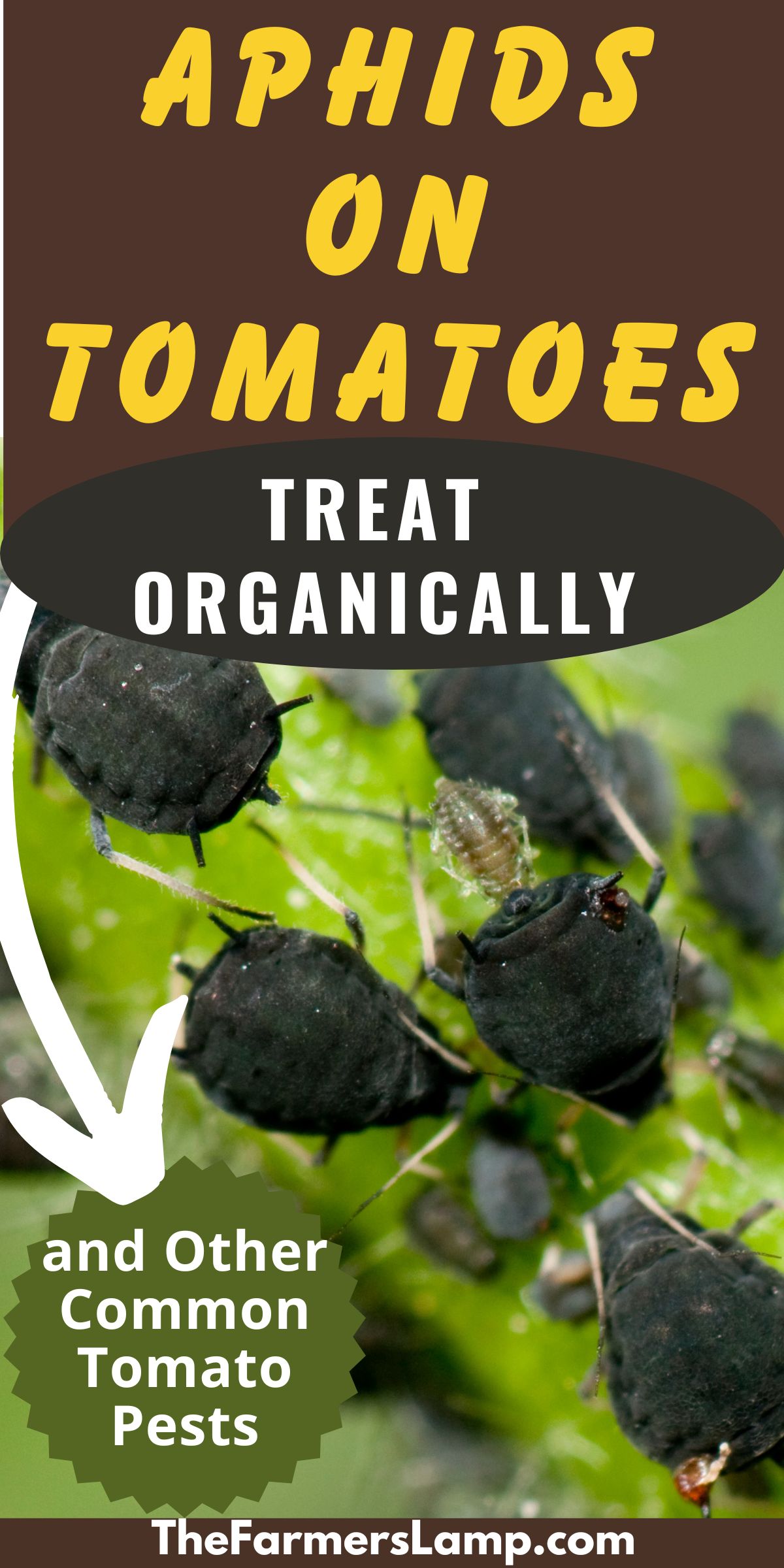
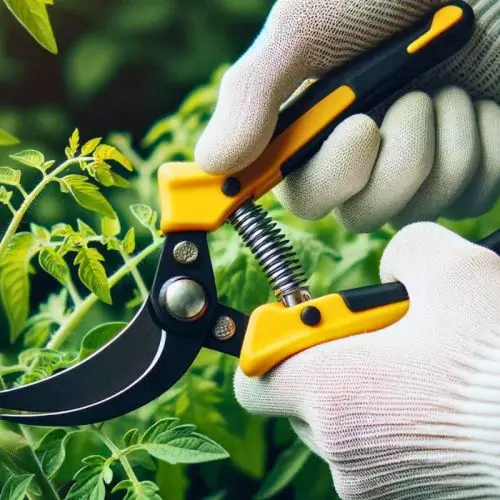
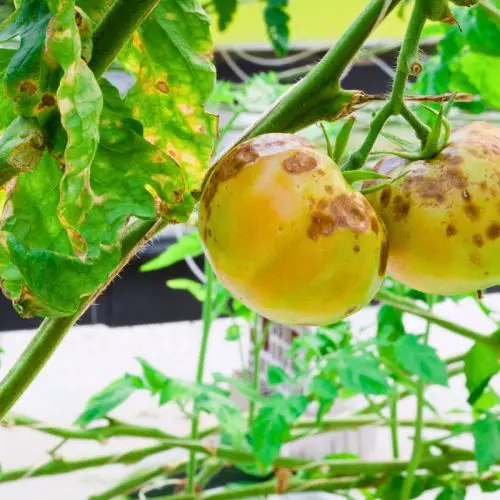
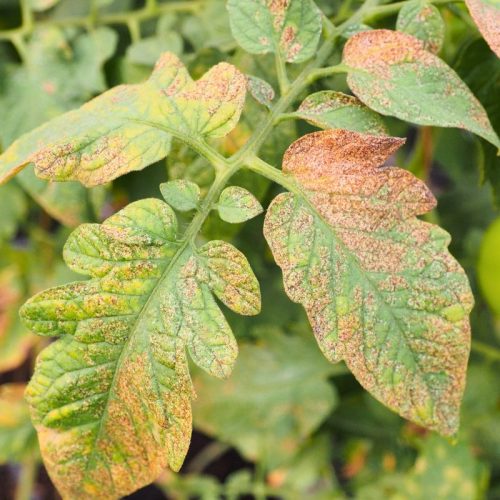
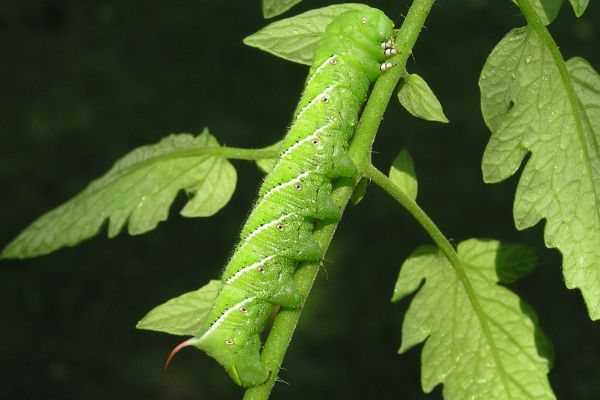
Leave a Reply